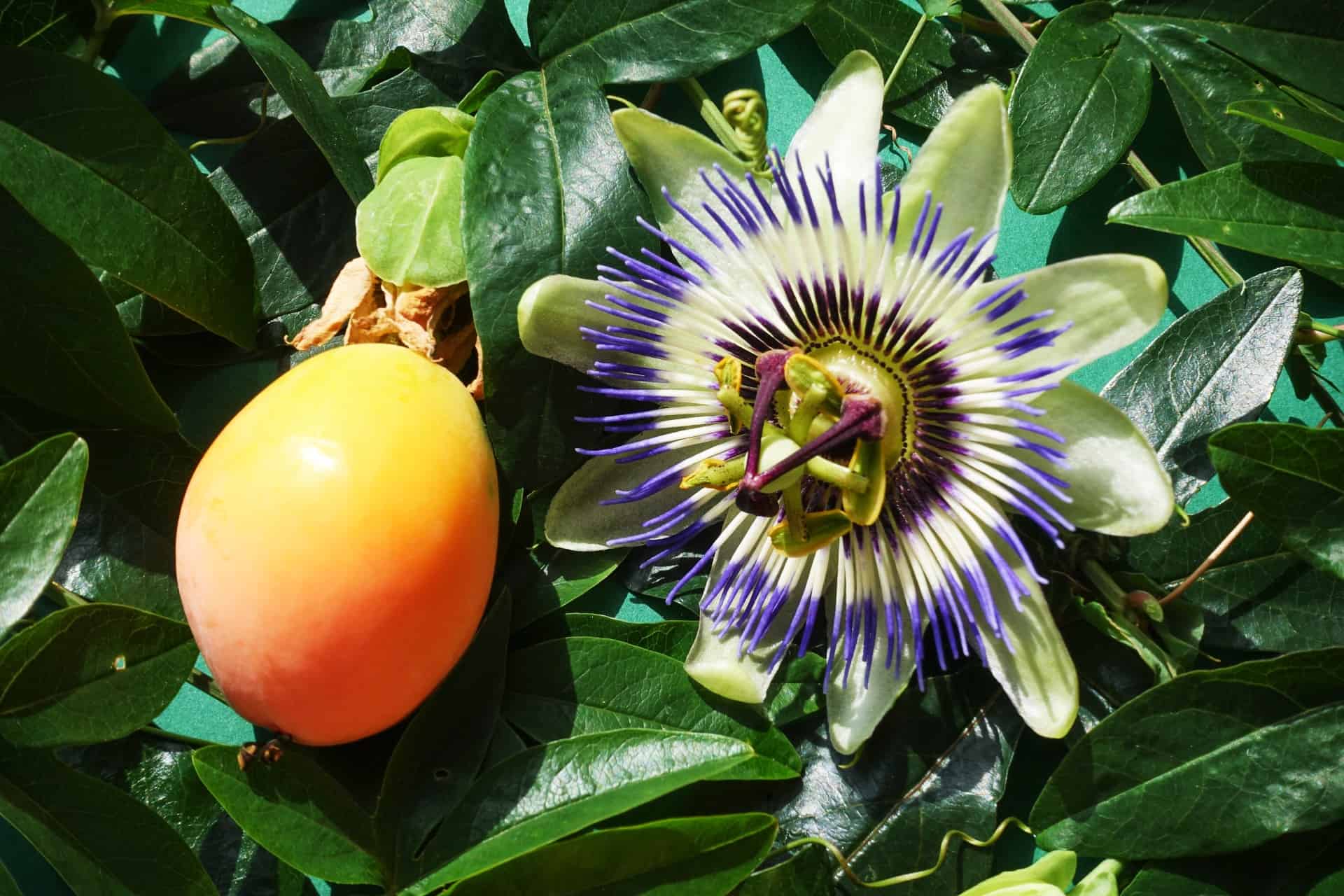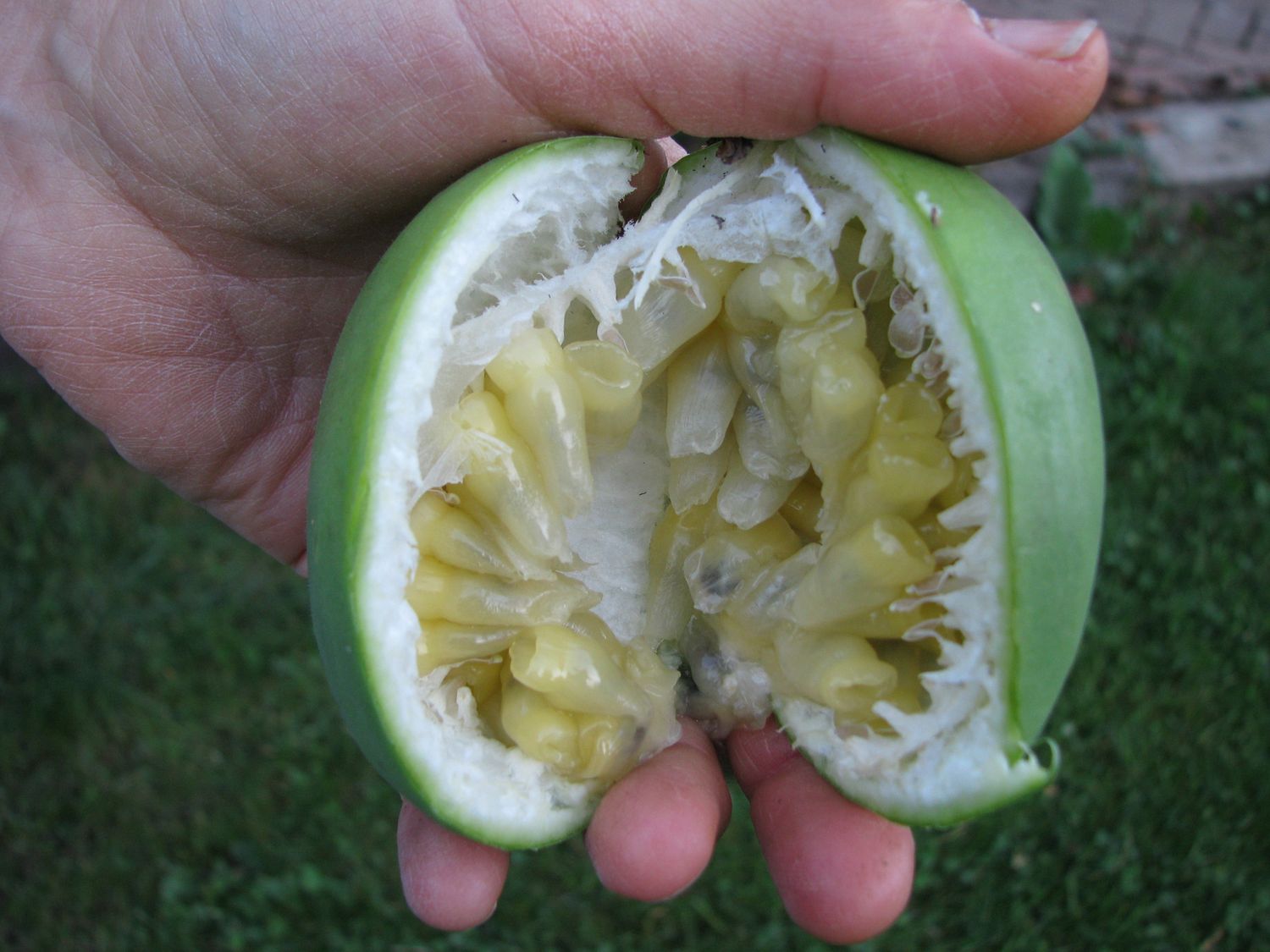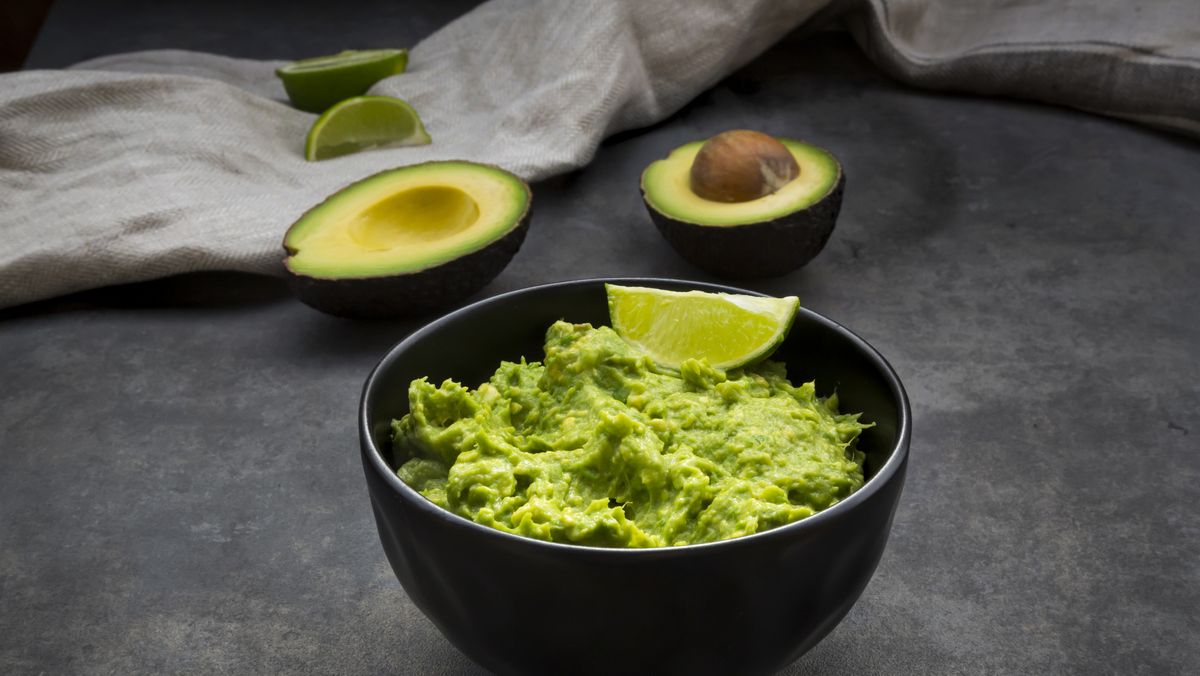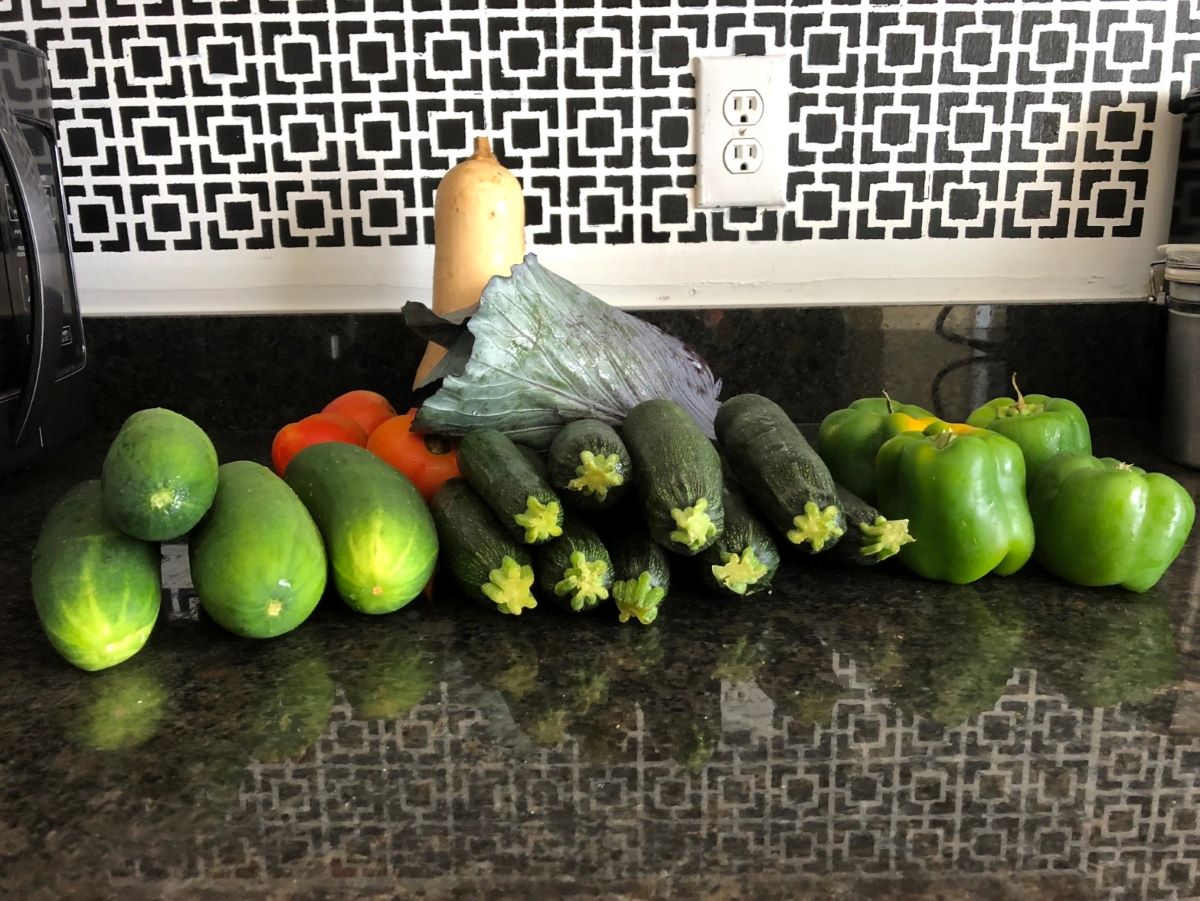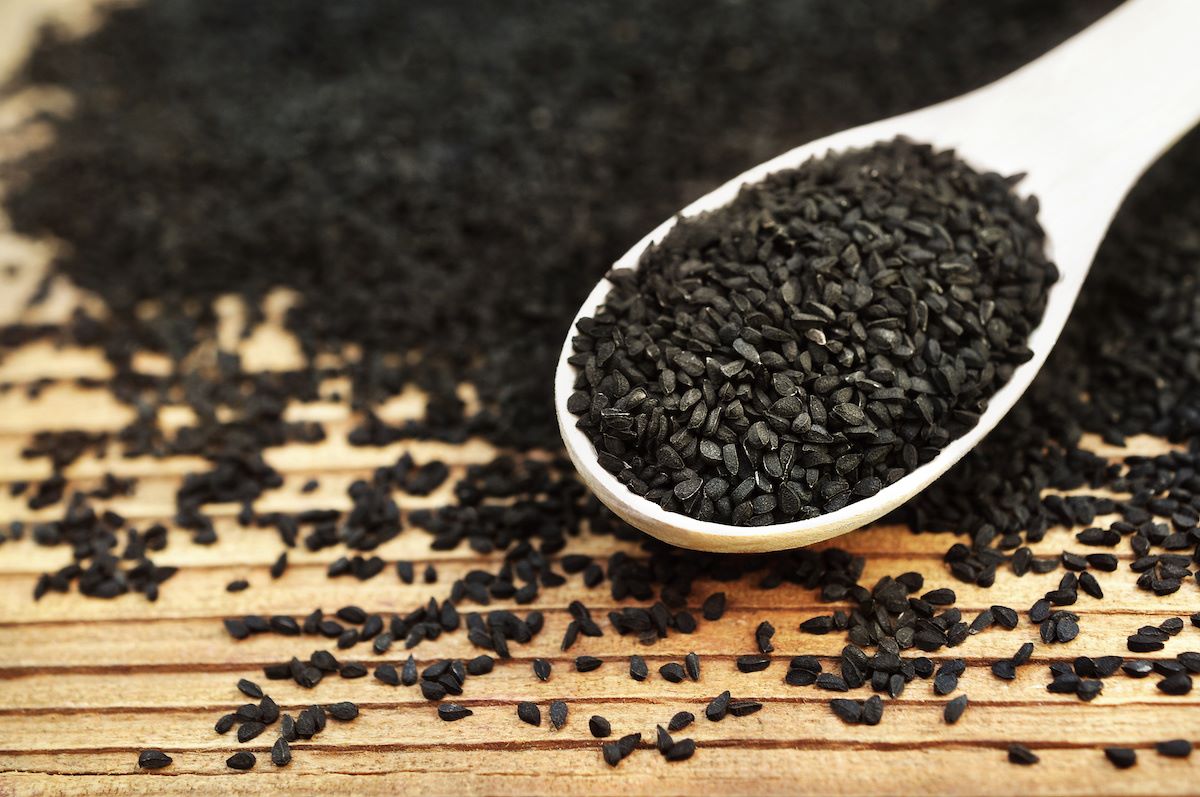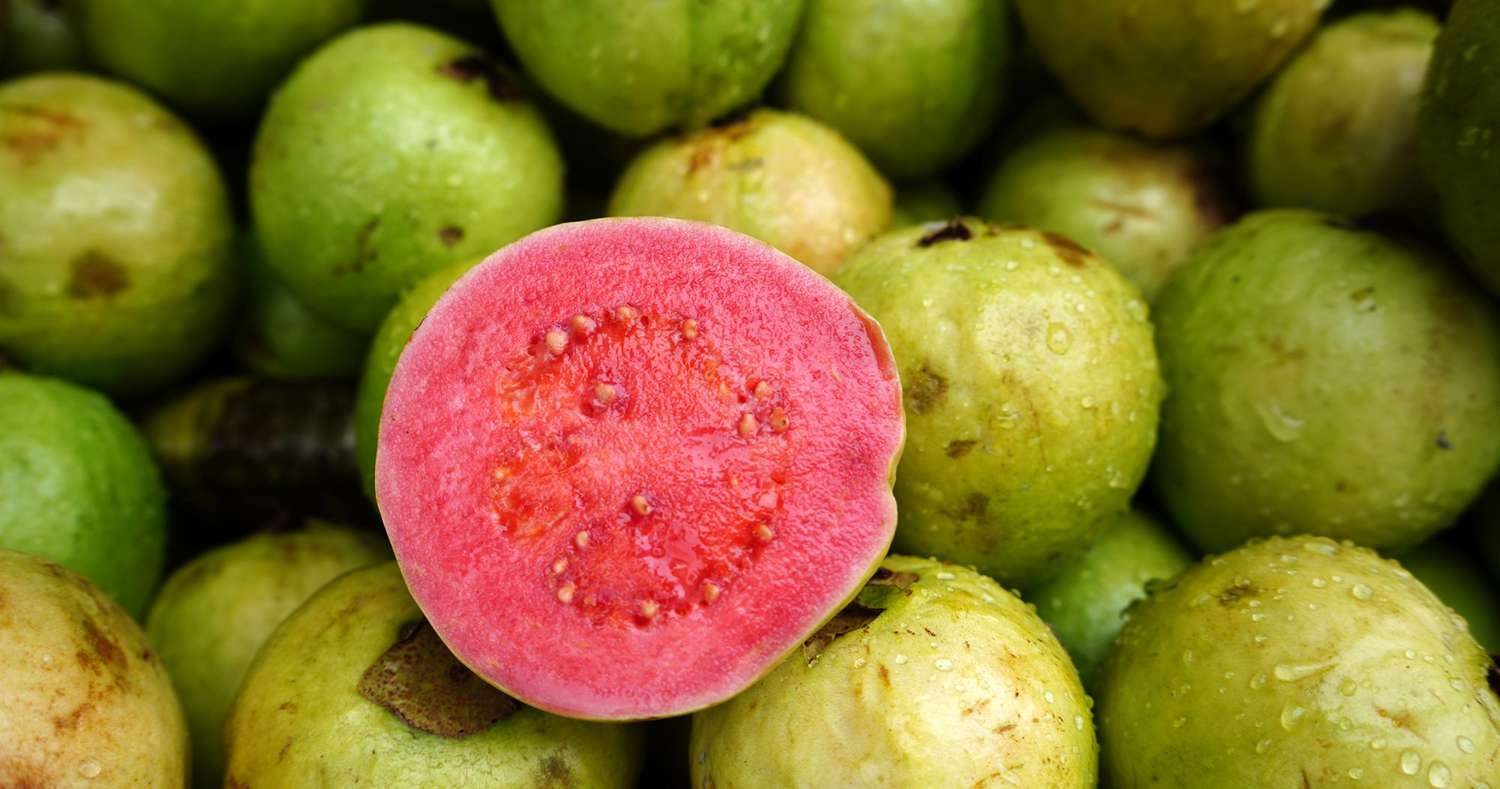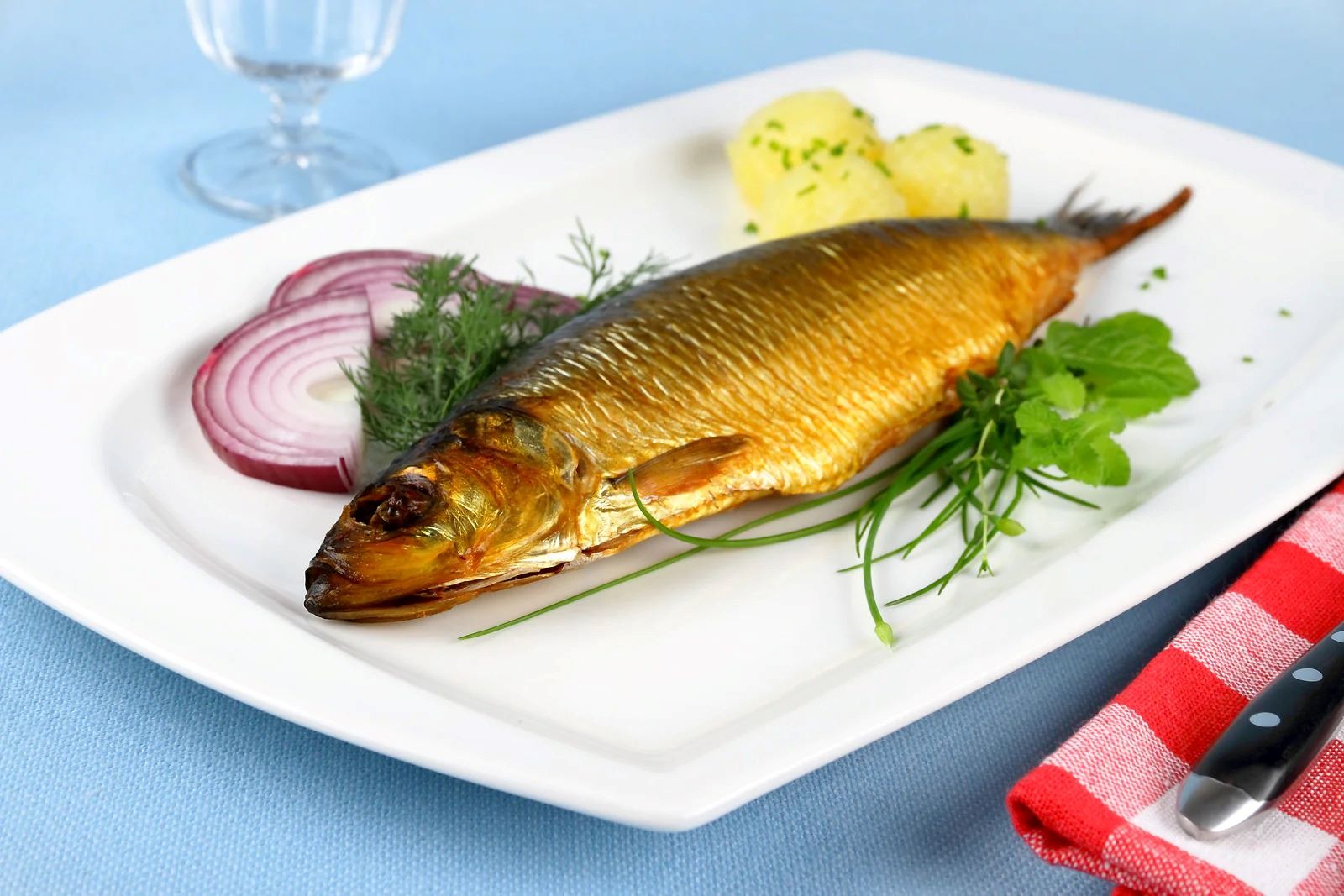Unlocking the Potential of Passion Fruit Leaves
Passion fruit is a delicious and nutritious fruit that is enjoyed by many around the world. However, did you know that the leaves of the passion fruit plant also have a range of health benefits and can be incorporated into your diet? In this article, we will explore the various ways you can eat passion fruit leaves and reap their many benefits.
Health Benefits of Passion Fruit Leaves
Before we delve into the different ways to consume passion fruit leaves, let’s take a look at the health benefits they offer:
- Rich in Antioxidants: Passion fruit leaves are packed with antioxidants that help protect the body from oxidative stress and inflammation.
- High in Nutrients: These leaves are a good source of vitamins and minerals, including vitamin C, vitamin A, and iron.
- Support Digestive Health: Consuming passion fruit leaves can aid in digestion and promote gut health.
- May Help Lower Blood Pressure: Some studies suggest that passion fruit leaves may have a positive effect on blood pressure levels.
Ways to Incorporate Passion Fruit Leaves into Your Diet
Now that we understand the potential health benefits of passion fruit leaves, let’s explore how you can consume them:
- Passion Fruit Leaf Tea: One of the most popular ways to enjoy passion fruit leaves is by brewing them into a fragrant and flavorful tea. Simply steep the leaves in hot water for a few minutes, strain, and enjoy a soothing cup of passion fruit leaf tea.
- Salads and Smoothies: You can finely chop passion fruit leaves and add them to your favorite salads or blend them into nutritious smoothies for an added boost of nutrients.
- Stir-Fries and Soups: Incorporate passion fruit leaves into stir-fries and soups to infuse their unique flavor and nutritional benefits into your meals.
- Herbal Seasoning: Dried and ground passion fruit leaves can be used as an herbal seasoning to add depth and complexity to a variety of dishes.
Harvesting and Preparing Passion Fruit Leaves
If you have access to a passion fruit plant, it’s important to know how to properly harvest and prepare the leaves for consumption:
- Harvesting: Choose young, tender leaves for the best flavor and texture. Avoid older leaves that may be tough and bitter.
- Cleaning: Thoroughly wash the leaves to remove any dirt or debris before using them in your recipes.
- Storage: Store fresh passion fruit leaves in the refrigerator and use them within a few days for optimal freshness.
- Drying: If you have an abundance of passion fruit leaves, consider drying them for long-term storage and use.
Final Thoughts
Passion fruit leaves are a versatile and nutritious addition to your diet, offering a range of health benefits and culinary possibilities. Whether enjoyed as a soothing tea, added to vibrant salads, or infused into savory dishes, these leaves can elevate your culinary creations while supporting your overall well-being. So, the next time you indulge in a delicious passion fruit, consider exploring the potential of its leaves as well.
Remember to consult with a healthcare professional before making significant changes to your diet, especially if you have any underlying health conditions or concerns.
